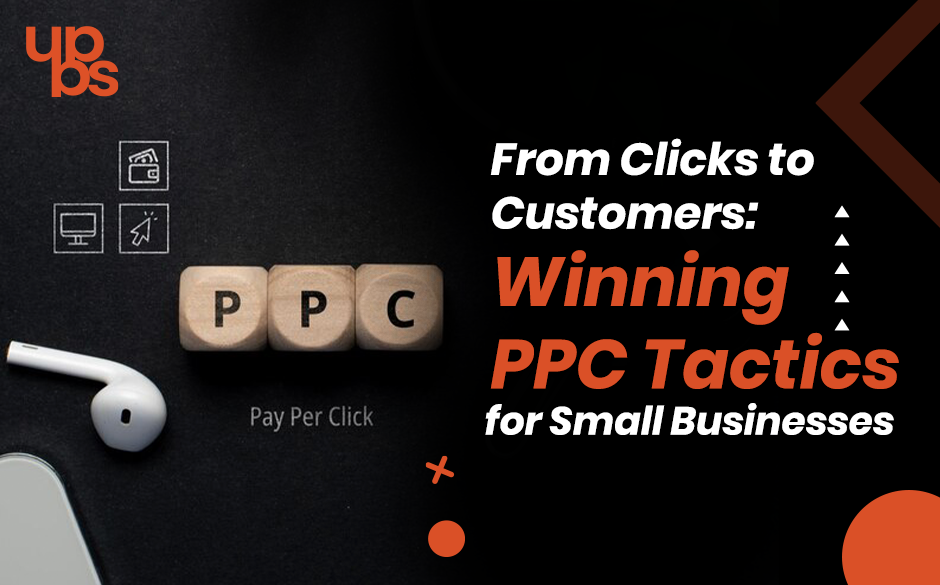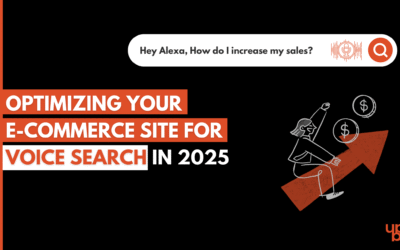For small business owners aiming to enhance their online visibility, Pay-Per-Click (PPC) advertising can be a powerful tool. To maximize its potential, a well-thought-out plan is essential for every business to grow at heighten. Here’s a step-by-step guide to transforming clicks into loyal customers with your PPC campaigns.
1. Set Clear Objectives
Before initiating your PPC campaign, it’s vital to identify your goals. Are you aiming to increase website traffic, gather leads, or drive sales? Understanding your objectives will help you select appropriate keywords and craft impactful ads. For instance, if lead generation is your focus, ensure your ads feature compelling calls to action and that your landing pages are optimized for collecting visitor details.
2. Conduct Keyword Research
Keywords are the phrases that potential customers enter into search engines. Use tools such as Google Keyword Planner to discover which terms are being searched by your target audience. Strive for a combination of broad terms (like “footwear”) and more specific long-tail phrases (such as “best running shoes for women”). Long-tail phrases typically offer a better return on investment as they target more specific queries and often cost less.
3. Develop Engaging Ad Copy
To capture attention, your ad copy should be both captivating and relevant. Create ads that are straightforward and resonate with what your audience is looking for. Emphasize the unique aspects of your business and include a strong call-to-action (CTA), such as “Shop Now” or “Get a Free Estimate.” Test various versions of your ads to find the most effective ones.
4. Optimize Your Landing Pages
When users click on your ad, they should be directed to a landing page that aligns with the ad’s promise. Ensure that your landing page is user-friendly and designed to convert visitors into customers. It should load quickly, be mobile-friendly, and feature a clear CTA. The aim is to make the process as smooth as possible for visitors, whether they are making a purchase or submitting a form.
5. Utilize Ad Extensions
Ad extensions provide additional information and enhance the visibility of your ads. They can include extra links to different pages on your website, showcase special promotions, or offer more details about your services. Use site link extensions to direct users to specific areas of your website or callout extensions to highlight unique selling points.
6. Implement Geotargeting
Geotargeting allows you to display your ads to users in specific geographic locations. This is especially advantageous for businesses that cater to a local market. It ensures your ads reach individuals who are likely to visit your physical location or use your services. Tailor your ads and offers to address the needs of your local clientele.
7. Monitor and Adjust Your Campaigns
Regularly review the performance of your PPC ads by analyzing key metrics such as click-through rates (CTR), conversion rates, and cost-per-click (CPC). Use this data to make informed adjustments, such as refining your keyword choices, updating ad copy, or reallocating your budget to more effective ads. Continuous optimization will help you achieve optimal results.
8. Stay Updated with Trends
The digital advertising landscape is ever-evolving with new trends and tools. Stay informed about the latest developments and adapt your PPC strategy accordingly. Follow industry updates, read relevant articles, and engage with online forums to stay ahead of the curve.
By following these straightforward strategies, small businesses can effectively convert more clicks into actual customers. With a thoughtful approach and regular optimization, even those with modest budgets can achieve significant success with their PPC campaigns.




